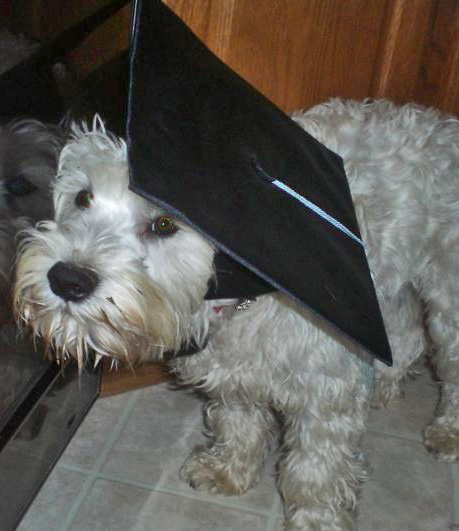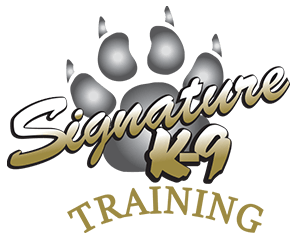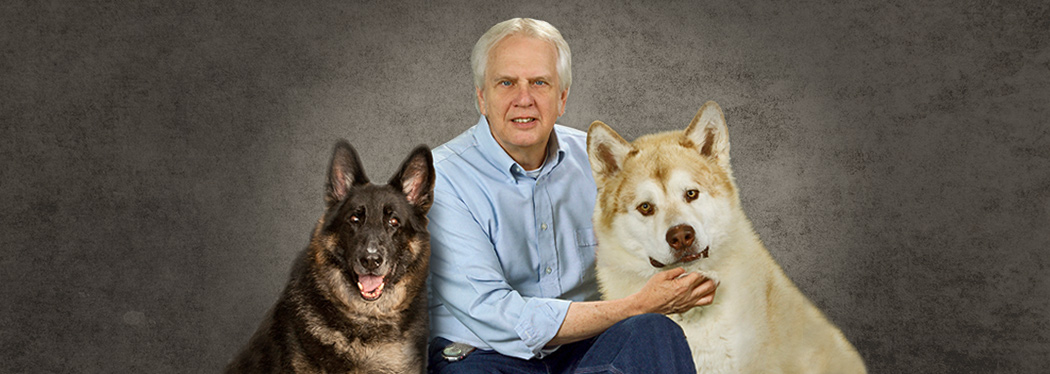
Signature K-9: Dog Training & Behavior

"This book is Amazing!! It is extremely informational on many situations you may encounter with your puppy [or] dogs and solutions on how to handle them. " - Amazon Customer
Is Training Necessary... Aren’t there just good and bad dogs?
All of these questions are valid. The question: aren’t there just good dogs and bad dogs, is often asked by owners who are having problems. If answered yes, the temptation is to get rid of any dog who does not seem to naturally fit in with the family. If the answer is no, then there is a responsibility for the owner to do what is necessary to help the dog become a good family member.
An answer: There is a small percentage of dogs that may be considered bad, or even dangerous, in the sense that no matter what you do, they will not fit easily into a family setting. This small percentage in no way matches the number of puppies and dogs that are abandoned or euthanized each year.
So, if only a very small percent of dogs are really bad, why are so many abandoned or euthanized? The answer is that everyone has their own idea of what makes a good dog, and each different breed or mix has its own special talents. It is the unusual situation where the match between dog and owner is perfect. Example: some people want a dog to bark when someone comes onto their property, others don’t like it when a dog barks. Some want a dog that is playful while others want a quiet easy going dog.
With the different wants of owners and the different traits and behaviors that exist in different breeds, mixes, or even lines of pure bred dogs, it can actually be unusual when a perfect match exists. This is true because many owners do not think about how the specific behavior of a breed or mix will fit them best. More often, a family will end up with a dog because it was inherited, it was taken in as a favor, it was a gift, it was cute or beautiful, it was small or large, or it was a dog like I had as a kid. None of these situations guarantee a good match between owner and dog.
Because of the possibilities for mismatch between a dog and a family, an owner may think that his problem dog is bad or even aggressive. Research over the last decade or so shows that many of those behaviors occur because owners don’t understand the ways a dog’s behaviors are formed. Owners are simply not aware of how to guide their dog to be the pet they want him to be. With training, (both the owner and the dog) unwanted behaviors can be prevented, or changed, in over 90% of dogs. Even the dog that starts out as a mismatch can adjust and become a loved pet.
For information about different kinds of training programs, go to our “Selecting a Trainer” page.
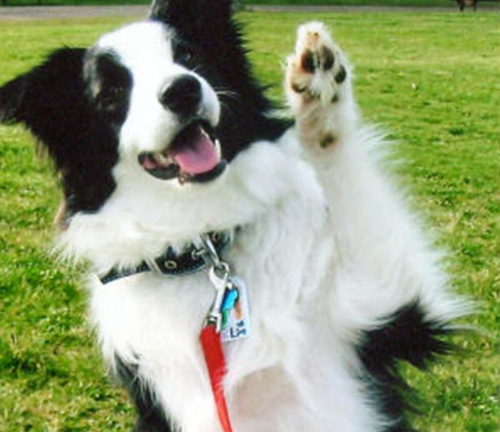
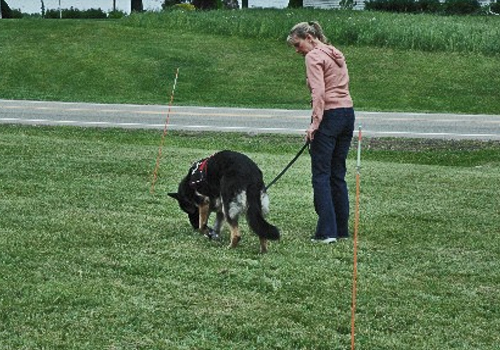

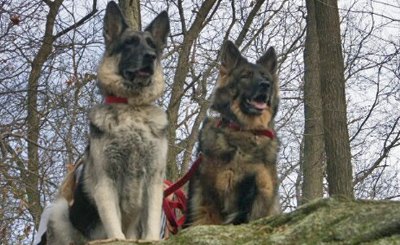
Obedience:
In reality, building a relationship with a dog includes much more… It includes knowing how to communicate with your dog, both symbolically, and directly, so that you enjoy your relationship 24 hours a day in both formal and informal situations. .
This means that training must also consider the 80% of the time when dogs are not “on command” but must still exhibit good manners.
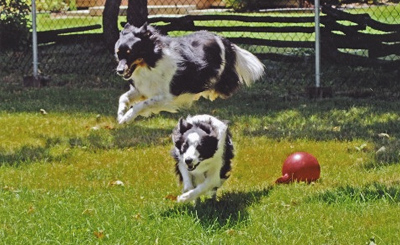
Relationship:
At Signature K-9, our focus is on “relationship” building with dogs. For us, building a relationship is what it takes to have a life that is enjoyable for both humans and dogs.
Our approach does not rule out competition in dog shows, trials, and sports, in fact it enhances it. For us, relationship requires developing a clear structure for living as well as verbal, non-verbal, and symbolic “cues” that communicate to our dogs.
It is the structure we create and the clear cues we use that let our dogs know what we require in order to reward them with what they want from us… love, affection, fun and care.
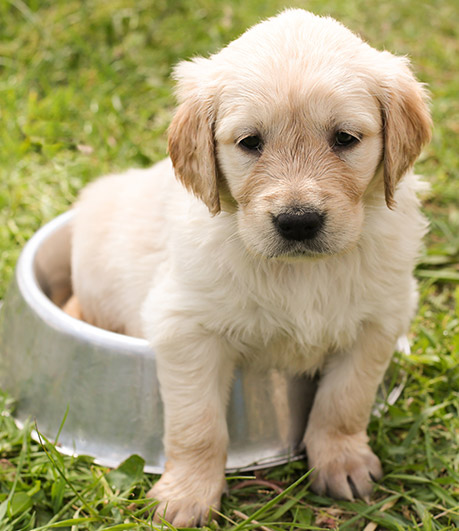

If you think about it, dogs are only on cue or command a small percentage of the time they spend with us. The rest of the time, they are expected to give us the kind of manners that make our time together enjoyable. The problem here is that some people think dogs should automatically figure out what they should do to make us happy.
For the occasional “wonder dog”, this works. If you have owned one of these wonder dogs, it can make it all the more difficult to understand why it doesn’t happen for all dogs. Fact is, if we don’t make it a point to be clear with our dogs about all aspects of their life, they often get mixed messages about when it is ok is to play, how rough to play, when to be a guard dog, and when to relax and let your friends in the house or yard.
Some statistics suggest that only 1/3 of new puppies live their life in their first home. The other 2/3 are abandoned, put in shelters, or given to others in the hope that the right home will cure the problem. About 60% of the 2/3 that are given away are eventually euthanized. This amounts to millions of dogs being killed each year.
Our protocol uses a step by step system that deals with each part of your dog’s development and training. It teaches you how to indicate when you don’t like a dog’s behavior as well as how to develop reliable commands or cues. See the Training Your Canine page for more info.
Because animal behavior research has made leaps and bounds over the last few decades, it is important that you know something about the philosophy and methods of the trainer you choose. Today’s training methods vary greatly. Some trainers still use the same methods that were used as long ago as 80 years. Others have continually updated their approach as new research and information has become available. Trainer philosophies vary from “its only a dog” to she/he is a “member of the family”. Check out our credentials and training on this web site.

